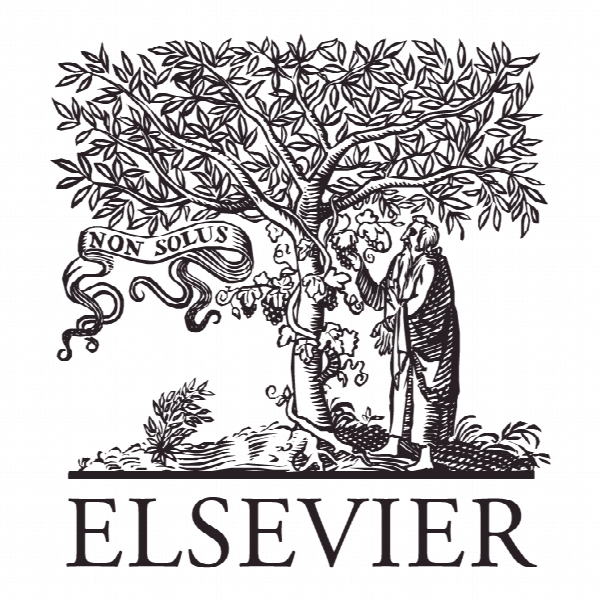مقررات عاطفی در نوجوانان: یک مطالعه ERP Emotion regulation in adolescents: An ERP study
- نوع فایل : کتاب
- زبان : انگلیسی
- ناشر : Elsevier
- چاپ و سال / کشور: 2018
توضیحات
رشته های مرتبط مدیریت
گرایش های مرتبط مدیریت عملکرد
مجله روانشناسی زیست شناسی – Biological Psychology
دانشگاه Research Department of Clinical – Educational and Health Psychology – University College London & The Anna Freud National Centre for Children and Families – London – United Kingdom
منتشر شده در نشریه الزویر
کلمات کلیدی نوجوانی، پتانسیل مثبت (LPP) ، پتانسیل مربوط به رویداد (ERP) ، احساسی، مغز نوجوان، مقررات عاطفی، مدولاسیون پاسخ
گرایش های مرتبط مدیریت عملکرد
مجله روانشناسی زیست شناسی – Biological Psychology
دانشگاه Research Department of Clinical – Educational and Health Psychology – University College London & The Anna Freud National Centre for Children and Families – London – United Kingdom
منتشر شده در نشریه الزویر
کلمات کلیدی نوجوانی، پتانسیل مثبت (LPP) ، پتانسیل مربوط به رویداد (ERP) ، احساسی، مغز نوجوان، مقررات عاطفی، مدولاسیون پاسخ
Description
1. Introduction The ability to regulate one’s emotions is considered essential for mental health (Berking, Wirtz, Svaldi & Hofmann, 2014; Sheppes, Suri & Gross, 2015; Tortella-Feliu, Balle & Sesé, 2010; Van Rheenen & Rossell, 2014). Difficulties in emotion regulation are a key feature characterizing multiple psychopathologies across the lifespan (Aldao, Nolen-Hoeksema & Schweizer, 2010; American Psychiatric Association, 2013; Fernandez, Jazaieri & Gross, 2016; Sheppes et al., 2015). Emotion regulation is thought to involve interactions between multiple cognitive-affective-behavioral processes and is widely researched in adults (e.g., Butler & Randall, 2013; CampbellSills & Barlow, 2007) and children (e.g., Adrian, Zeman & Veits, 2011; Gresham & Gullone, 2012; Kim-Spoon, Cicchetti & Rogosch, 2013; Lewis, Lamm, Segalowitz, Stieben & Zelazo, 2006; Zeman, Cassano, Perry-Parrish, & Stegall, 2006). Adolescence is a developmental phase which presents with increased demands to regulate one’s emotions and behavior during a time characterised by multiple neurophysiological, psychological, and social changes (Casey, 2015; Fuhrmann et al., 2015; Shulman, Harden, Chein & Steinberg, 2014). Despite this, only a relatively small number of studies, using mainly self-report methodologies, have explored emotion regulation during adolescence (Gresham & Gullone, 2012; Penela, Walker, Degnan, Fox & Henderson, 2015; Silvers et al., 2012; Zimmerman & Iwanski, 2014), and the associations of emotion regulation with psychopathology (Esbjørn, Bender, Reinholdt-Dunne, Munck & Ollendick, 2012; Garnefski, Kraaij & van Etten., 2005; Silk, Steinberg & Morris, 2003). Thus, the empirical study of emotion regulation processes in adolescence requires continued development.


